Cellular Health
An Overview of
Cellular Health
It is important to perform a review of simple cellular function in order to understand how the AIT process works on a cellular level, with every cell in the body.
Cellular function is a highly coordinated process that involves the exchange of water, oxygen,nutrients, carbon dioxide (CO₂), and waste products to maintain homeostasis (cellular balance) and life support. This exchange occurs across the cell membrane, which is selectively permeable, allowing specific substances to enter or exit the cell.
Below is a detailed explanation of how these processes work and how AIT restores health at the cellular level, which, in turn, restores the overall health of the body.
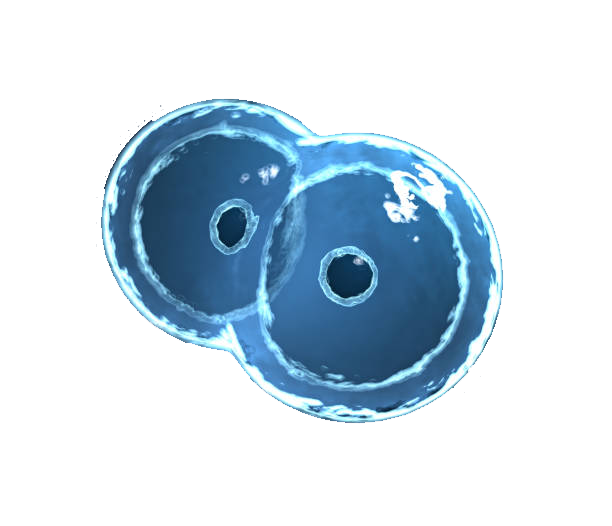

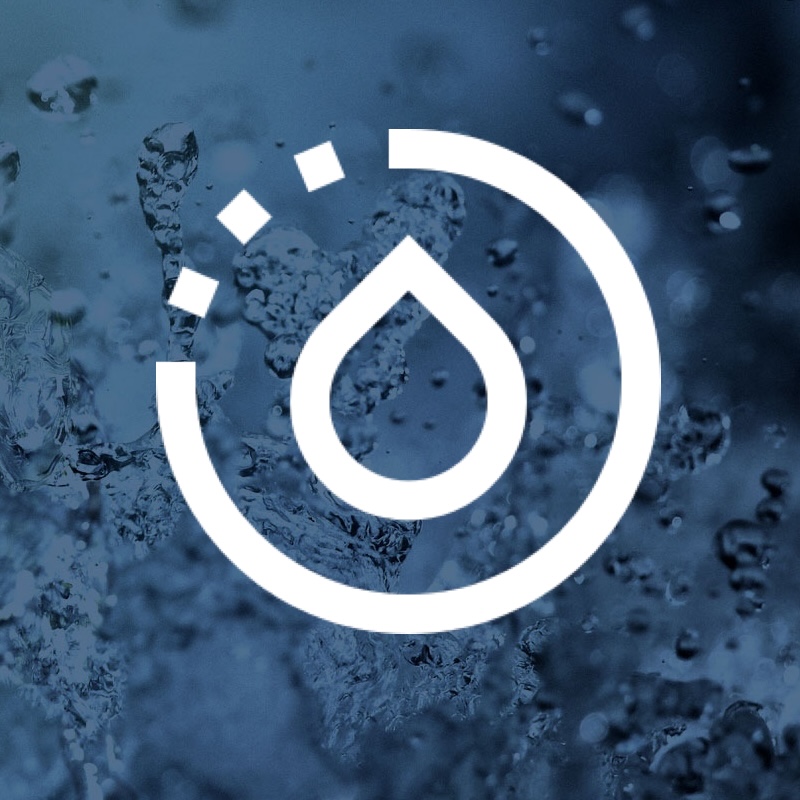
Hydration
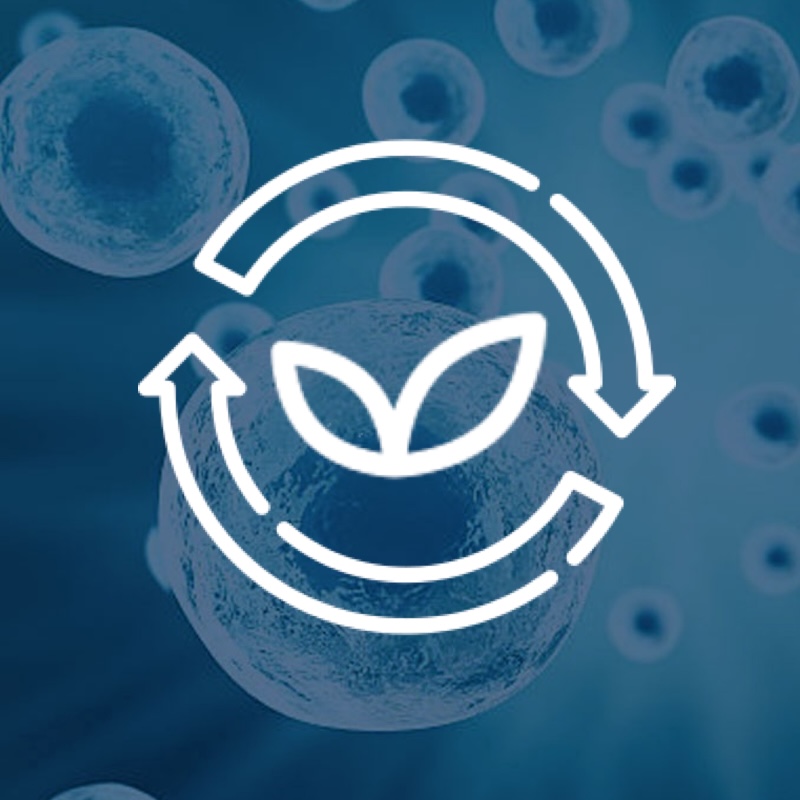
Detoxification

Oxygenation
Water Movement via Osmosis
Hydration
In a healthy human cell, intracellular water makes up approximately 60%–70% of the cell’s total volume.
More specifically:
Intracellular fluid (ICF) accounts for about two-thirds (≈66%) of the body’s total water.
- This translates to about 28 liters of water inside the cells in an average adult (assuming ~42 liters of total body water).
At the Cellular Level:
Water’s Role in Cellular Function:
-
- Water is essential for maintaining cell structure, facilitating biochemical reactions, and transporting molecules within the cell.
The cytoplasm is composed of about 70%–80% water, depending on cell type and hydration status. This high water concentration is critical for:
-
- Dissolving nutrients and electrolytes
- Enabling enzymatic reactions
- Supporting molecular transport
- Maintaining cell shape and turgor pressure
Water In (Hypotonic Environment):
-
- When the extracellular environment has a lower solute concentration than the cell’s cytoplasm, water moves into the cell via osmosis.
- This can cause the cell to swell, which is critical for maintaining cell volume and turgor pressure
Water Out (Hypertonic Environment):
-
- When the extracellular environment has a higher solute concentration, water moves out of the cell.
- This can cause the cell to shrink (crenation in animal cells or plasmolysis in plant cells), which may impair cellular function if prolonged.
Nutrient Uptake and Waste Removal via Transport Mechanisms
Detoxification
Role in Cellular Function:
-
- Nutrients provide the raw materials for energy production, growth, and repair.
- Waste removal prevents the accumulation of harmful substances that could disrupt cellular function or damage organelles.
Nutrients In:
Nutrients (e.g., glucose, amino acids, fatty acids, vitamins, and minerals) enter the cell through various mechanisms:
-
-
- Passive Transport: Diffusion or facilitated diffusion (e.g., glucose transporters).
- Active Transport: Requires energy (ATP) to move nutrients against a concentration gradient (e.g., sodium-potassium pump).
- Endocytosis: Engulfing of large molecules or particles by the cell membrane.
-
Once inside, nutrients are metabolized to produce energy, build cellular components, or support biochemical reactions.
Toxins/Waste Out:
Waste products (e.g., urea, lactic acid, ammonia) and toxins are removed from the cell through:
-
-
- Passive Transport: Diffusion or facilitated diffusion.
- Active Transport: Expelling waste against a concentration gradient.
- Exocytosis: Expelling large molecules or particles via vesicles fusing with the cell membrane.
-
Role in Cellular Function:
-
- Nutrients provide the raw materials for energy production, growth, and repair.
- Waste removal prevents the accumulation of harmful substances that could disrupt cellular function or damage organelles.
Nutrients In:
Nutrients (e.g., glucose, amino acids, fatty acids, vitamins, and minerals) enter the cell through various mechanisms:
-
-
- Passive Transport: Diffusion or facilitated diffusion (e.g., glucose transporters).
- Active Transport: Requires energy (ATP) to move nutrients against a concentration gradient (e.g., sodium-potassium pump).
- Endocytosis: Engulfing of large molecules or particles by the cell membrane.
-
Once inside, nutrients are metabolized to produce energy, build cellular components, or support biochemical reactions.
Toxins/Waste Out:
Waste products (e.g., urea, lactic acid, ammonia) and toxins are removed from the cell through:
-
-
- Passive Transport: Diffusion or facilitated diffusion.
- Active Transport: Expelling waste against a concentration gradient.
- Exocytosis: Expelling large molecules or particles via vesicles fusing with the cell membrane.
-
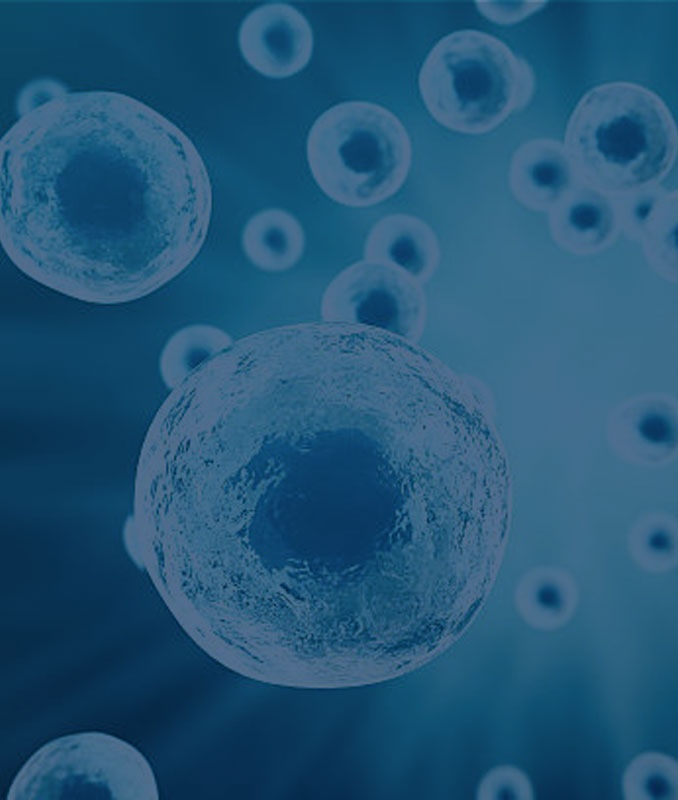
Nutrient Uptake and Waste Removal via Transport Mechanisms
Detoxification
Oxygen and Carbon Dioxide Exchange via Respiration
Oxygenation
In a healthy human cell, intracellular water makes up approximately 60%–70% of the cell’s total volume.
More specifically:
- Intracellular fluid (ICF) accounts for about two-thirds (≈66%) of the body’s total water.
- This translates to about 28 liters of water inside the cells in an average adult (assuming ~42 liters of total body water).
At the Cellular Level:
Water’s Role in Cellular Function:
-
- Water is essential for maintaining cell structure, facilitating biochemical reactions, and transporting molecules within the cell.
The cytoplasm is composed of about 70%–80% water, depending on cell type and hydration status. This high water concentration is critical for:
-
- Dissolving nutrients and electrolytes
- Enabling enzymatic reactions
- Supporting molecular transport
- Maintaining cell shape and turgor pressure
Water In (Hypotonic Environment):
-
- When the extracellular environment has a lower solute concentration than the cell’s cytoplasm, water moves into the cell via osmosis.
- This can cause the cell to swell, which is critical for maintaining cell volume and turgor pressure
Water Out (Hypertonic Environment):
-
- When the extracellular environment has a higher solute concentration, water moves out of the cell.
- This can cause the cell to shrink (crenation in animal cells or plasmolysis in plant cells), which may impair cellular function if prolonged.

Hydration
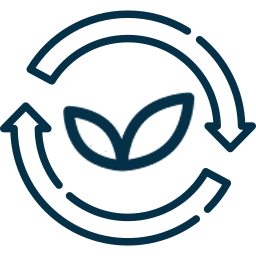
Detoxification

Oxygination

Integration
Integration
Cellular Function Restored
Integration of These Processes
Energy Production:
-
- Nutrients (e.g., glucose) are broken down in the cytoplasm and mitochondria to produce ATP.
- Oxygen is used in the mitochondria to maximize ATP production through aerobic respiration.
Waste Management:
-
- CO₂ and other waste products are removed to maintain optimal pH and prevent toxicity.
Homeostasis: Cellular balance
-
- Water balance, nutrient uptake, and waste removal are tightly regulated to maintain the cell’s internal environment.

Schedule a Free Consultation
Ready to explore a therapy that may restore your health (or the health of a patient)? Our team will guide you through the basics of Autologous Infusion Technology™ and help you decide whether it’s right for you.
Gatekeeper
Cellular Membrane
The cell membrane (plasma membrane) plays a central role in these processes:
- Selective Permeability: Allows only specific molecules to pass through, ensuring proper regulation of substances.
- Transport Proteins: Facilitate the movement of ions, nutrients, and waste products.
- Receptors: Enable the cell to respond to external signals (e.g., hormones) that regulate these processes.
AIT utilizes proprietary fluids, therapeutic gases, and synergistic technological protocols to permeate the cellular membrane and root out degenerative disease states through elimination of toxicity, addressing oxygen deficiency, and proper hydration and nutrient delivery at the cellular level.
Disruption
Overcoming disease caused by
Disruption of Cellular Function
Dehydration: Lack of water impairs biochemical reactions and cell structure.
Hypoxia: Lack of oxygen reduces ATP production, leading to cell death.
Nutrient Deficiency: Lack of essential nutrients impairs energy production and cellular repair.
Toxin Accumulation: Build-up of waste products disrupts cellular function and can lead to cell damage or death.

Auto Infusion Technology is a proprietary, breakthrough system engineered to replicate and support the body’s natural cellular functions.
Testimonials
In Their Own Words
Restoring Cellular Health
Summary
Cellular function relies on the precise balance of water, oxygen, nutrients, CO₂, and waste exchange. These processes ensure that cells:
- Maintain structural integrity.
- Produce energy efficiently.
- Remove harmful byproducts.
- Support growth, repair, and overall homeostasis.
This intricate balance is essential for the survival and proper functioning of all living organisms.
